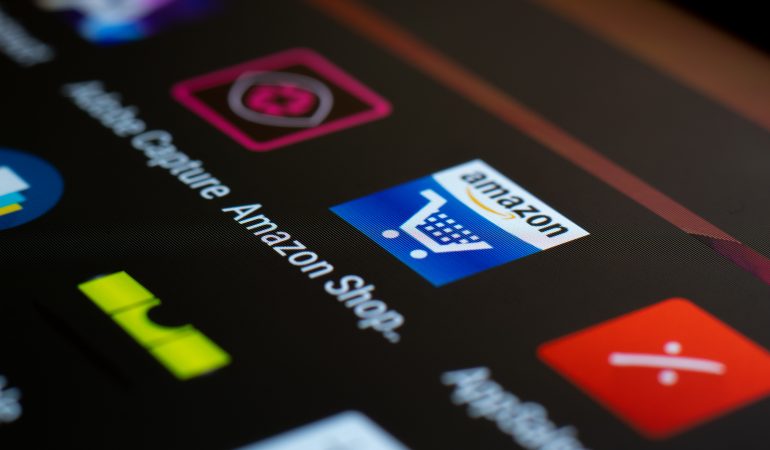
Game Changer: How Retailers Can Compete with Amazon Drone Delivery Service
Dec 13, 2021


Amazon continues to take center stage in retail thanks to a variety of things they’ve done right– great customer service, competitive pricing, unbeatable product mix, reliable user reviews and support, and the gold standard Prime program offering member discounts, same-day delivery, and vast entertainment options, to name a few.
Amazon is now expanding their services again to include delivery by drones. Though drones are being tested in the more rural areas, Amazon intends to use drones in urban hot spots across the U.S. In addition, Amazon is also opening up brick-and-mortar stores that will feature groceries and house products for online sale orders.
Amazon’s goal is to eliminate the same-day purchase and delivery challenges that plague all online retailers, while providing the brick-and-mortar stores consumers still want. Searches for “locations near me” are on the upswing, indicating that consumers still want “hands on” before they buy. Many consumers still need the “touch and feel” of a product to see, touch, feel and/or try on before deciding to purchase. Brick-mortars will not only create equality in the market, but also give Amazon a competitive advantage.
Competing retailers aren’t sitting on the sidelines, either. Companies like Nordstrom and Pet Smart are considering new ways to enhance their brick-and-mortar stores that will work in conjunction with consumers’ online purchases, creating a designated pickup area for online orders in stores. Nordstrom is also considering real estate with 3,000-5,000 square feet so they can advertise new arrivals while also providing a pickup facility for online sales.
In a recent real estate conference I attended, a guest speaker stated that 80 percent of shopping centers in the United States will be closed in the next 15 years. Convenience and diversity aren’t enough for shopping centers to survive today’s consumer demands.
Millennial consumers are becoming not only the driving force, but leading as the majority generation in shopping. The baby boomers with money have all the clothes they need and all the tech gadgets they can use. They are not shopping for work or play like they used to. The Millennial consumer is more interested in dining out, and not at traditional restaurants. Millennials prefer to eat where they can play– at dining venues that include live music, movies, theatrical performances– the list goes on. Retailers will need to pay special attention to Millennials, who will continue to shift and morph the retail landscape.
The other challenge for retailers is that Millennials are always on the move. A report by Nielsen suggests 25% of Millennials plan to live in the same area they live in now over the next five years. Meaning, 75% of up-and-coming spenders plan to relocate, mainly to large cities and college towns. Therefore, retailers and manufacturers will need to invest in these rapidly growing cities that have less stability in a long-term market. In turn, overall costs will outweigh the uncertainty.
A unique consumer experience will be the key to separate brick-and-mortars from online retailers. Today’s consumers want something different. Retailers that mirror another are going to have trouble, unless they create a unique selling strategy within their brand. This will not be easy or cheap. Gap Inc. once struggled to meet the necessary changes in the market but adapted by creating different brands (like Old Navy, Banana Republic, and Athleta) under the Gap umbrella to provide consumers with more options and expand their buyer pool.
Online retailers also have their challenges. Many economists believe that online sales will slow down to less than five percent growth in the next couple of years. This forecast may be why online retailers like Amazon are looking for ways to diversify their offerings. The drone strategy carries many risks, including the possibility of being rejected by local communities who won’t accept drones flying around their town.
Companies like Nordstrom can play big and have the resources to compete if they can simply slow down online sales of competitors to single digits–they will then in fact have the upper hand.
Written by: Hans Hansson [email protected]
Hans Hansson is President of Starboard Commercial Real Estate. Hans has been an active broker for over 35 years in the San Francisco Bay Area and specializes in office leasing and investments. If you have any questions or comments please email [email protected] or call him at (415) 765-6897. You may also check out his website, https://www.hanshansson.com





